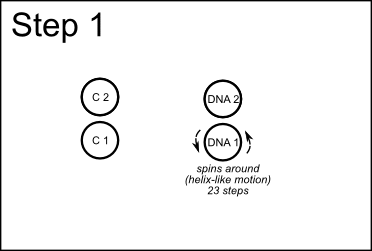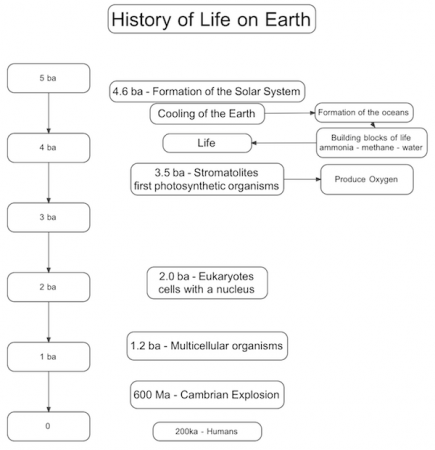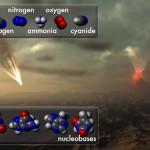
One way to represent the process of mitosis is through dance. One of my students suggested they do an interpretive dance for their natural world personal project. I think they were mostly kidding, but with a fair bit of encouragement they did end up doing it.
The dance is much more literal than it probably needs to be since I helped a bit with the final product. I still think it’s pretty useful though because it’s abstract enough that you have to know the mitosis process to figure out what’s going on. So much so, I had them perform it twice at the end of our synthesis discussion. The second time through I narrated it so the steps would be clear to everyone.
I think it might make for a good “spark the imagination” lesson if one was needed.
Right now the dance needs four people, two for the chromosomes and two for the centrioles, but it would be really neat if the entire class participated by representing the cell membrane.
The diagram with the steps is: mitosis.svg. The instructions are below.
Steps
- The DNA (DNA 1 and DNA 2) stand facing the audience with DNA 2 hidden behind DNA 1 since the DNA have not yet duplicated.
- The centrioles (C1 and C2) just stand there with C2 pretending not to be there.
- DNA 1 mimes touching the nucleus walls while DNA 2 pretends not to be there.
- DNA 1 dances the DNA helix, which probably involves lots of hand motions and spinning around taking 23 steps to represent the number of chromosomes in humans.
- Replicating: DNA 2 steps forward while C 2 moves around the two DNA to get to the other side
- The DNA join hands and spin around (because it’s fun to do, apparently)
- The DNA line up next to each other and lock elbows while the centrioles start extending their threads, which probably involves some type of waving hand motion.
- The centrioles move in, with their threads, and grab the open elbows.
- The centrioles pull the DNA apart.
- The two DNA act out the reforming of their nuclear membranes.
- The DNA-centriole pairs wave each other goodbye as they become separate cells. (This is where having the rest of the group as the cell membrane would be nice.)



